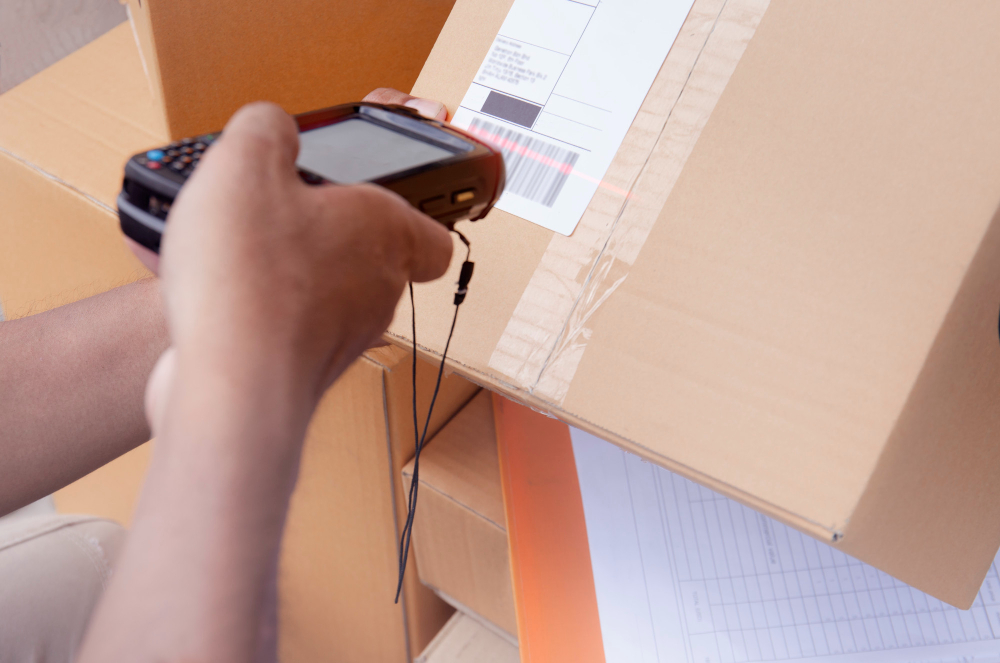Security Seal for Artworks: Definition

A security seal is an essential device in art transportation. It ensures that a package or crate has not been opened or tampered with between the point of origin and the final destination. Once applied, any removal or attempted breach leaves a visible trace, making it both a deterrent and a traceability tool for professionals in art logistics.
Different types of security seals
Tamper-evident adhesive seals
These seals are labels that leave an irreversible mark or message on the surface if removed. They are commonly used on:
- crate or box openings,
- secondary packaging,
- confidential documents accompanying the artwork.
They allow for quick visual inspection without the need for special equipment.
Numbered plastic or metal seals
These mechanical, single-use seals have a unique serial number or barcode, providing clear traceability. They are often used for:
- reusable transport crates,
- maritime or air freight containers,
- transport elements requiring a documented security chain.
RFID electronic seals
Equipped with an electronic chip, these seals enable real-time digital tracking. Some models can trigger alerts in case of tampering or breach. They are reserved for high-value artworks or highly secure shipments.
The Importance of security seals in Art Transport
Using security seals in art transport offers several key advantages:
- Prevention of unauthorized access,
- Immediate detection of any tampering attempt,
- Precise documentation thanks to serial numbering,
- Strengthening trust between all parties involved in the transport process.
Seals that meet Museum-Grade Standards
In the art world, seals must comply with strict requirements:
- No residue left on the artwork or primary packaging,
- Easy inspection without causing damage,
- Reliable performance under international transport conditions.
Working with an expert in secure art transport like Moviiu guarantees the use of seals tailored to each artwork’s sensitivity and ensures full traceability throughout the journey.
